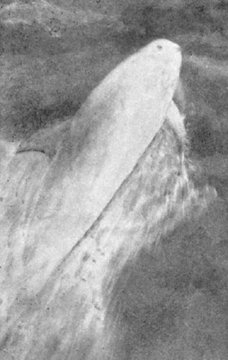The room is designed in a trapezoidal shape, with one corner closer to the viewer and the opposite corner farther away. This creates a forced perspective illusion, where objects or people standing in certain positions appear much larger or smaller than they actually are. The Ames room is a fascinating example of how our visual perception can be manipulated through clever design and perspective tricks.
Some more information about the Ames room:
1. Illusion of Size and Shape: The Ames room creates an illusion of dramatic size and shape differences. When viewed from a specific vantage point, two people standing in the room may appear to be drastically different in size, with one seeming much larger or smaller than the other.
2. Forced Perspective: The illusion is achieved through the clever use of forced perspective. The room is constructed with a trapezoidal shape, where the ceiling and floor are slanted, and the walls converge to a single point. This tricks the viewer's perception, making objects or people in certain positions appear distorted.
3. Viewing Angle: To experience the illusion properly, the observer needs to stand in a specific viewing position that aligns with the optical trickery. From this particular angle, the distorted proportions become apparent.
4. Popular Demonstrations: The Ames room is often used as a demonstration in psychology, perception, and optical illusion exhibits. It captivates viewers and challenges their understanding of visual perception.
5. Film and Entertainment: The Ames room illusion has also been utilized in film productions and entertainment, creating visually striking effects. It has appeared in movies, TV shows, and even music videos.
6. Variations and Adaptations: Over time, variations of the Ames room have been developed, including modified shapes, sizes, and different objects or subjects placed within them to enhance the illusion.
The Ames room is a captivating example of how our brains interpret visual information and can be easily fooled by clever design techniques. It continues to fascinate and intrigue both researchers and the general public alike.
Watch this video: https://twitter.com/Afghan_Engineer/status/1769595498564894810?t=sS4xbcYtNJ9bHd7EM_t2GQ&s=19
























